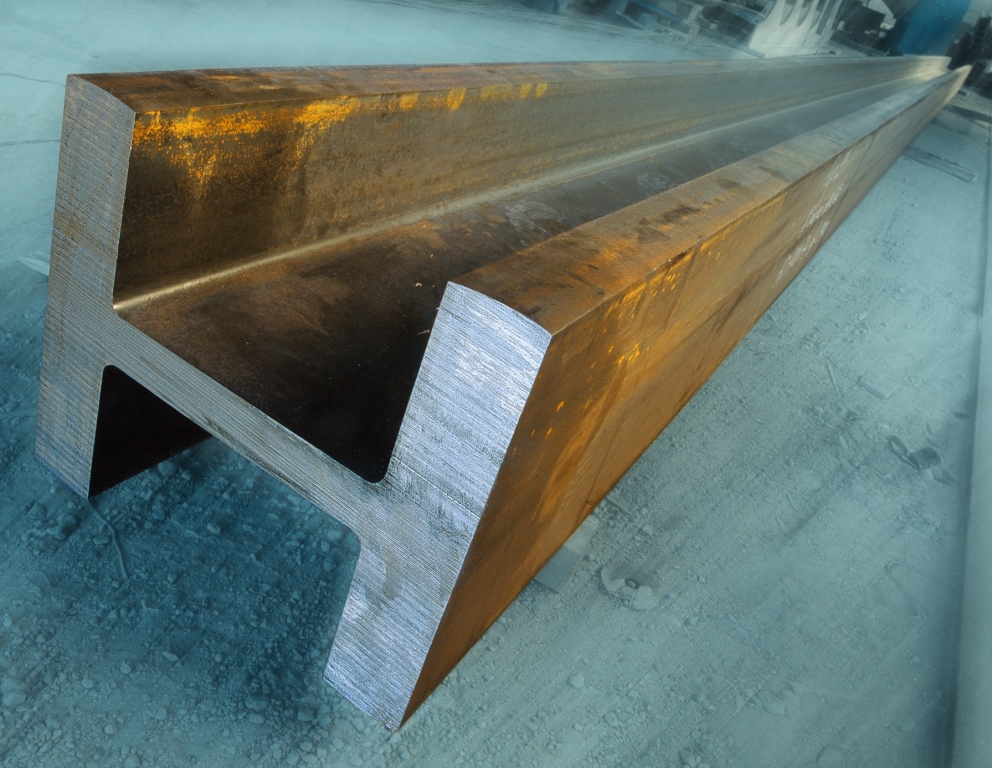Apparent EU steel consumption was expected to rebound by 13.3% in 2021 and then grow by a more moderate 3.4% in 2022, after one of the worst years years ever for the industry, European steel association Eurofer said in its Economic and Market Outlook report Feb. 10.
Eurofer adjusted its forecast 2020 decline in apparent steel consumption to 13%, from a previous 14.6% fall.
Economic growth and global trade would remain subdued and fragile until the second quarter of 2021, Eurofer said, with repercussions for export-oriented sectors, particularly the automotive industry. This would also affect EU investment via severely weakened business confidence levels.
The steel body said that a better performance in the construction sector could cushion negative trends in other steel-using sectors.
Total output for steel-using sectors will have fallen by 11% in 2020, Eurofer said, leaving its previous forecast of a 10.4% decline largely unchanged, and will recover by 7.4% in 2021 and then grow 4.1% in 2022.
After an unprecedented 25% year-on-year drop in Q2 2020, EU28 apparent steel consumption fell by 11.6% in Q3 — the eighth consecutive quarter of decline. Q2 last year was the quarter with the lowest steel demand on record, Alessandro Sciamarelli, Director of Market Analysis and Economic Studies at the European Steel Association told S&P Global Platts.
The “unprecedented deterioration” in steel demand due to disruption brought by the coronavirus pandemic continued in Q3, though at a lower rate of decline, the Eurofer report said.
The downturn in steel demand led to the eighth consecutive fall year-on-year in domestic deliveries in the EU in Q3 2020. Data for Q3 also showed the continued downturn in imports from third countries. After the severe 16.8% year-on-year drop in Q2 2020, imports from third countries dropped even more sharply in Q3, down 25.4% and the fourth consecutive quarterly drop of more than 10%.
“The third quarter of 2020 was a period between two waves of the pandemic. Some measures had been relaxed and a partial economic recovery occurred in the third quarter, but the fourth quarter was marred by the re-imposition of measures. 2020 is likely to be one of the worst years on record, even if we will see positive figures in the fourth quarter,” Axel Eggert, Director General of Eurofer, said.
“The EU should use this crisis as an opportunity to use the recovery fund to support industry in meeting its decarbonization ambitions starting with sectors, such as steel, that have already shown how they can help support the aim. Europe wants to come back from this crisis in a greener, more sustainable way,” Eggert added.
— Annalisa Villa






